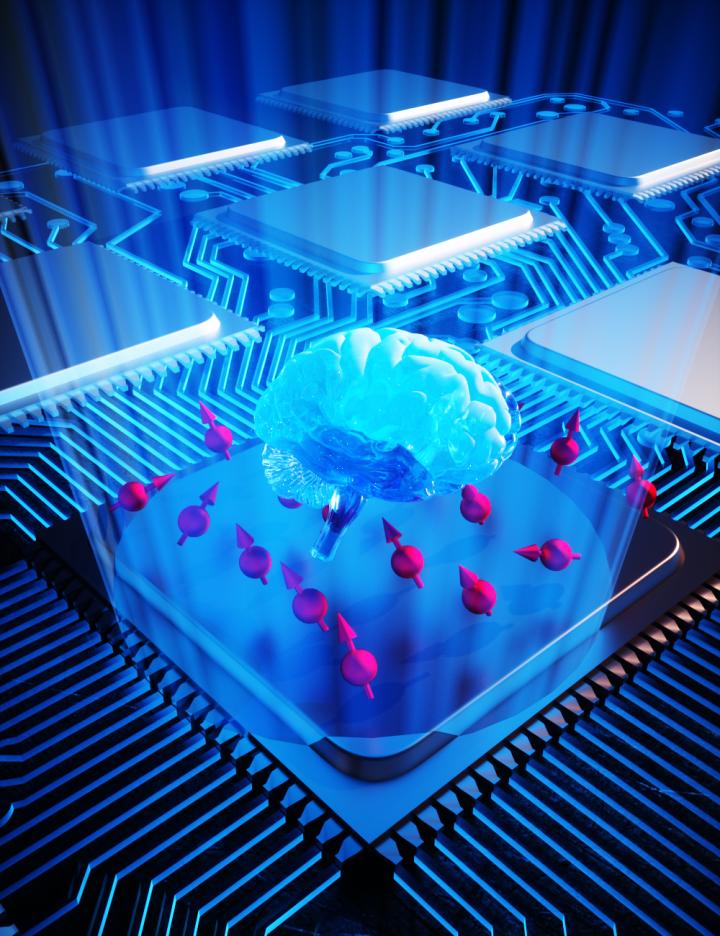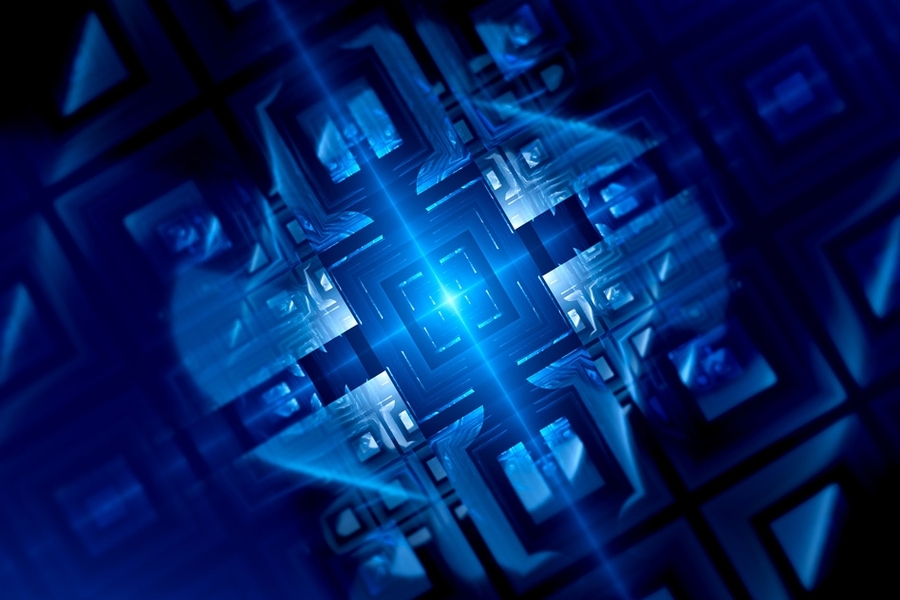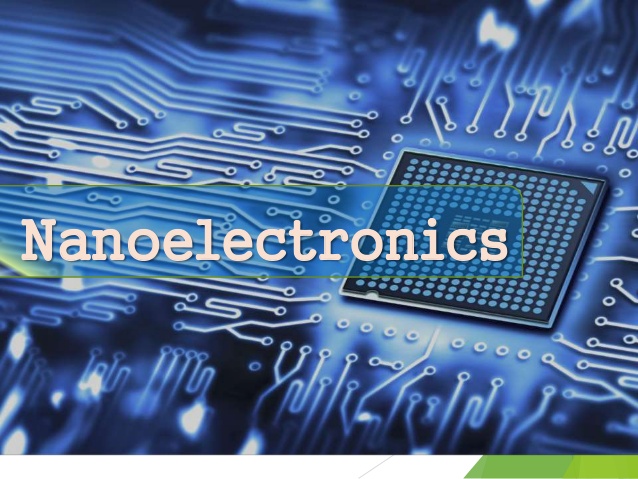_ بخش نانو الکترونیک و ذرات پلاسمونی
بررسی و تحلیل نحوه فشرده سازی بیشتر ساختار (اَدوات و اَفزاره های الکترونیک) با کمک ذرات پلاسمونی
پژوهشگر و نویسنده: دکتر ( افشین رشید)
نکته: فشرده سازی بیشتر ساختار اَدوات و اَفزاره های الکترونیک با کمک علم پلاسمونیک، باعث شد تا استفاده از ساختارهای پلاسمونیک و امواج پلاسمونیک مورد بررسی و استفاده قرار بگیرد. این نانو ساختار ها متشکل از فلز و دی الکتریک می باشد که ابعاد آنها زیر طول موج تحریکی ( طول موج پرتویی که باعث تحریک امواج پلاسمونیک می شود) قرار دارد.
پلاسمونیک بر اساس فرآیند برهم کنش بین امواج الکترومغناطیسی و الکترون های رسانش در فلزات با ابعاد نانو بیان شده است. به صورت تحلیلی دلیل افت سریع انرژی الکترون ها در عبور از فلزات میباشد و نتیجه گرفت این انرژی صرف حرکت تجمعی و نوسان گونه الکترون های آزاد فلز می شود و آن را پلاسمون نامید. با رویکرد تکنولوژی به سمت تجمع مدارات الکترونیک نوری، مشکلات ساخت و پدیده هایی که به جلوگیری از فشرده سازی بیشتر ساختار کمک می کرد، باعث شد تا استفاده از ساختارهای پلاسمونیک و امواج پلاسمونیک مورد بررسی و استفاده قرار بگیرد. این نانو ساختار ها متشکل از فلز و دی الکتریک می باشد که ابعاد آنها زیر طول موج تحریکی ( طول موج پرتویی که باعث تحریک امواج پلاسمونیک می شود) قرار دارد.
در علوم الکترونیک مبحث نانو حول محور (حافظه های نانو ؛ نانو چیپ ها و تراشه های سریع نانو و قطعات الکترونیکی نانو) با وزن کمتر و کارایی بیشتر میگردد. نانو تکنولوژی، دانش، مهندسی و فناوری در مقیاس نانو و یا به عبارت دیگر و مطالعه کاربرد اشیاء بسیار ریز و استفاده از آنها در تمام حوزههای علوم نظیر شیمی، زیستشناسی، الکترونیک ؛ علوم مواد و مهندسی است.تاریخچه نانو تکنولوژی، توسعه مفاهیم و کارهای تجربی انجام گرفته در زمینه نانو تکنولوژی را شرح می دهد. گرچه نانو تکنولوژی یکی از پیشرفتهای اخیر تحقیقات علمی است اما توسعه مفاهیم بنیادی آن در یک دوره طولانی اتفاق افتاده است.انواع فناوری های نانو مانند فشرده سازی بیشتر ساختار اَدوات و اَفزاره های الکترونیک و غیره ، نمی توانند با تمام تقاضا های کاربردی کاربرد های صنعتی از نظر وضوح بالا ، توان بالا ، هزینه کم کنار بیایند. ، مساحت بزرگ و اُلگو های روی سطح غیر مسطح و خمیده. بنابراین ، فناوری جدید تولید نانو با حجم بالا به شدت نیاز به بهره برداری و توسعه دارد تا نیازهای فوق العاده بازار های رو به رشد را برآورده کند.
نتیجه گیری :
فشرده سازی بیشتر ساختار اَدوات و اَفزاره های الکترونیک با کمک علم پلاسمونیک، باعث شد تا استفاده از ساختارهای پلاسمونیک و امواج پلاسمونیک مورد بررسی و استفاده قرار بگیرد. این نانو ساختار ها متشکل از فلز و دی الکتریک می باشد که ابعاد آنها زیر طول موج تحریکی ( طول موج پرتویی که باعث تحریک امواج پلاسمونیک می شود) قرار دارد.
پژوهشگر و نویسنده: دکتر ( افشین رشید)
دکترایِ تخصصی نانو _ میکرو الکترونیک





